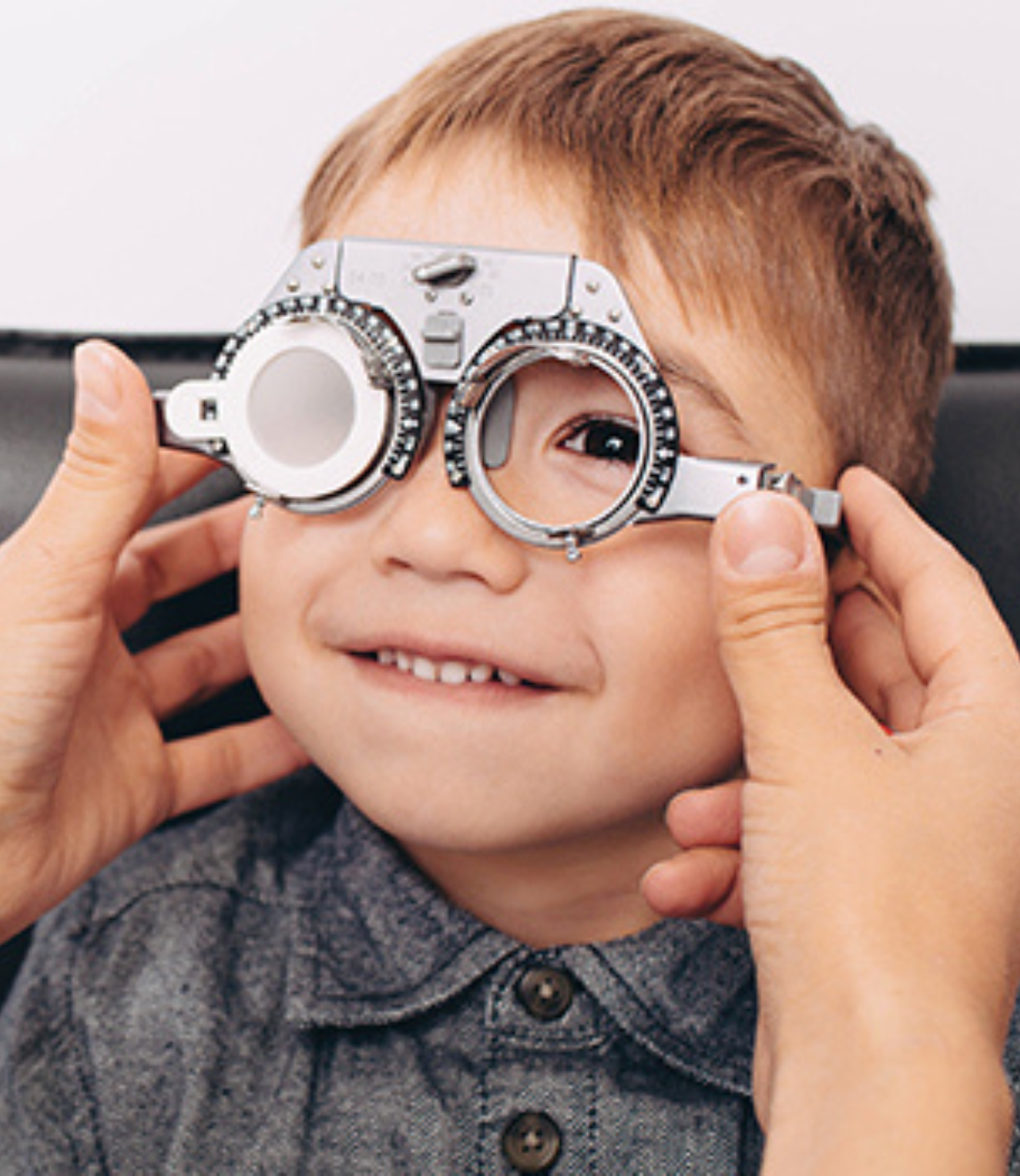Myopia not only impacts your vision, but also increases your chances of sight-threatening eye conditions.
Myopia, often referred to as nearsightedness, is an eye disorder where faraway objects and scenes seem out of focus.
Currently, myopia affects over 40% of individuals, and its occurrence is predicted to surge, potentially affecting more than half of the global population by the year 2050.
Myopia develops when the eye is elongated or the cornea exhibits excessive curvature. This alteration causes light to focus before reaching the retina rather than directly on it, leading to a refractive error that impairs the ability to see distant objects clearly.
Often identified during childhood, myopia generally progresses with age, tending to plateau once an individual reaches their early twenties as the eyes attain full growth.
The most common signs and symptoms of myopia include:
The progression of myopia is a prevalent issue, and the hassle of needing corrective eyewear is just the tip of the iceberg.
Research indicates that individuals with myopia have a doubled risk of experiencing glaucoma.
For those with mild myopia, defined as an optical prescription under -3.0D, there’s already a concern for eye health. However, more severe myopia greatly escalates the likelihood of encountering serious eye conditions like glaucoma in the future.
Statistical analysis reveals that individuals with an optical prescription exceeding -6.0D face a significantly increased risk of eye diseases compared to the broader population, especially among those diagnosed with myopia:
Glaucoma holds the title as the leading cause of blindness globally and is often referred to as the ‘silent thief of sight.’ This condition typically progresses unnoticed, stealthily impairing vision until it’s too late for symptoms to manifest.
The disease arises when the optic nerve, which is crucial for transmitting visual information from the eye to the brain, suffers irreversible damage, often due to elevated intraocular pressure.
If glaucoma is not addressed, it leads to ‘Tunnel Vision’ and, ultimately, complete loss of sight.
The likelihood of developing glaucoma escalates as myopia becomes more severe.
Studies indicate that glaucoma impacts 80 percent of individuals with an optical prescription surpassing -6.0D.
Arrange a detailed eye examination with a local optometrist to discover ways to safeguard your child from diseases linked to myopia.

Taking your child for consistent eye check-ups allows the optometrist to keep a close watch on their ocular health and note any alterations in their sight.
Emphasizing to your child the importance of integrating eye examinations into their health care practices as they age is crucial.
Routine eye exams, conducted yearly, should evaluate their eye pressure, examine the fundus (including the retina and optic nerve), measure corneal thickness (pachymetry), and test their field of vision. These assessments are vital for the early identification of glaucoma.
Regardless of whether your child decides to undergo refractive surgery in the future, their eyes will inherently retain a myopic structure. This makes ongoing glaucoma screenings imperative, even if the need for corrective lenses is eliminated.
Myopia management is a scientifically supported strategy known to curb the advancement of myopia and diminish the likelihood of developing myopia-associated ocular conditions.
Studies have demonstrated that myopia management can cut the progression of myopia by as much as 78 percent.
This approach to controlling myopia might include employing multifocal eyeglasses or contact lenses, orthokeratology (ortho-k) lenses, or atropine eye drops, alone or in combination, to manage the progression.
Should your child be nearsighted, reaching out to an optometrist in your area for further information on myopia management is advisable.
Bains Optical Healthcare
160-162 Hednesford Rd, Heath Hayes, Cannock WS12 3DZ, United Kingdom
Get Directions
01543 270080
Monday – Saturday 9:00am – 5:30pm